History
The Maine Coon is one of the oldest natural breeds in North America , so much that it is generally considered to be a native of the State of Maine , of which it is the official cat. Its name derives from Maine, the state of New England where it was sighted, and from raccoon, because of its tail very similar to that of a raccoon.
There are many legends surrounding the origin of this particular cat. The most common at the beginning of the century narrated that for large and hairy ears with tufts and a large and ringed tail, the Maine Coon was the result of a cross between a lynx and a raccoon. The hypothesis, obviously absurd, has however contributed to feed the numerous stories that have been handed down on this breed. There are also those who at all costs wanted to give a regal aura to this "rustic" cat, even making it descend from six Angora cats that Queen Marie Antoinette, during the French revolution, would have saved by sending them to Wiscasset, in the US state of Maine. The origins of the Maine Coon have created so many legends and conjectures, none of which can be proven. The most probable theory, although the least picturesque, would indicate the Maine Coon as the result of a cross between short-haired cats and overseas long-haired cats. According to some, the Maine Coon had ancestors among the Nordic cats, the progenitors of the Norwegian forest cat, who arrived in North America in the year 1000 following the landings of the Vikings on the islands of Newfoundland; in fact, the wild cat (Felis silvestris) is not present in North America. According to others, however, the origin of the Maine Coon dates back to the period of colonization, when the ships of the colonists from all over the world docked on the American coasts of the north-east, bringing cats to follow with massacre of mice. Over the years, those cats' descendants became better adapted to survive the hostile New England winters by developing strong muscular bodies, shaggy coats, tufting on theirs ears and feet, and by honing their hunting skills to keep rodent populations in check.
They were cats of all sizes, which the sailors of the time appreciated more or less according to their greater or lesser ability to hunt mice rather than for their greater or lesser beauty. It is however very probable that, among those cats, all the same and all different, there was also some ancestor of the current cats of America. A possible genetic contribution of the lynx Lynx rufus and Linx canadensis cannot be excluded, given the similarity and the small size of these lynx. However due to the divergence between lynx and cat genomes the possibility of a cross is unlikely.
The first official report of a Maine Coon dates back to 1861, with a mention by Mrs. Pierce of a black and white cat called "Captain Jinks of the Horse Marines". Maine Coons were popular competitors at early cat shows in Boston and New York. A brown tabby female named "Cosie" won Best Cat at the 1895 Madison Square Garden Show.In Switzerland the first Maine Coon appeared in 1979 (Anatolien Cattery) and in Italy, the Maine Coon appeared only in 1986 in a sector monthly; since then the spread of the breed has been continuously expanding and the Maine Coons are now successful protagonists in cat shows.
Taken from: Wikipedia
Interesting links about the Maine Coon Story:
The Maine Coon Cat Authenticated (maine-cooncat.com)
